What the Soviet Venus Probe's fiery fall to Earth might look like: These past space junk crashes offer clues
Some recent spaceflight spectacles offer hints about what you might see if Kosmos 482 happens to fall through the sky above you.
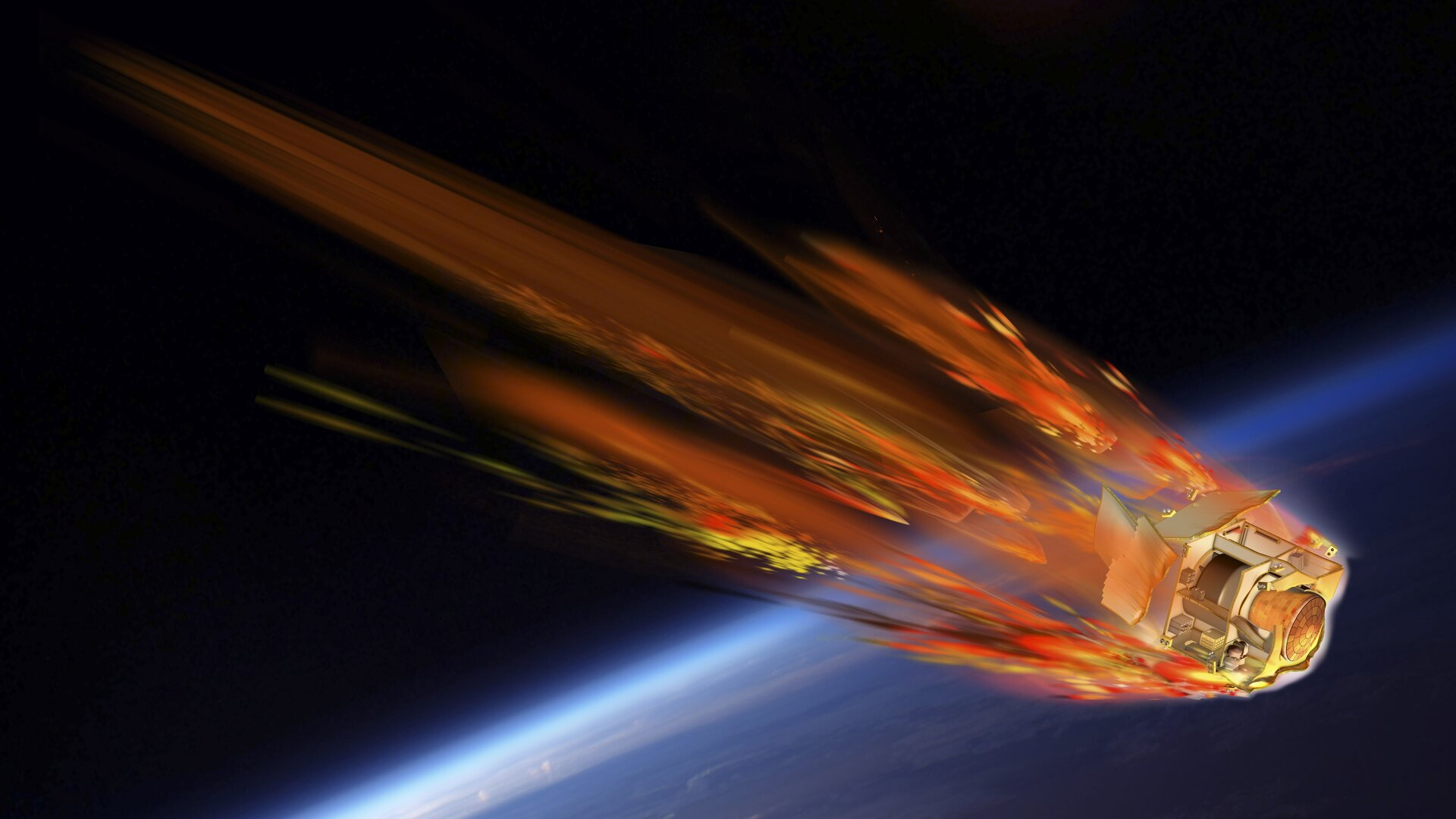
A failed space probe from the former Soviet Union is expected to fall back to Earth soon, and if its plunge happens to take place over your head, some recent spacecraft reentries may offer some clues to what you might see.
Kosmos 482 has been in orbit around Earth for more than 50 years. The probe launched in 1972 as a part of the Soviet Union's Venera program. The mission was bound for Venus, but problem's with the probe's launch vehicle stranded Kosmos 482 in an elliptical orbit around Earth. Atmospheric drag has been pulling the inoperable spacecraft lower and lower in altitude over the decades, and Kosmos 482 is now just days away from its final death knell. The latest forecasts have it coming home early Saturday morning (May 10).
Several atmospheric reentries have been spotted in recent months and years, recorded by onlookers as fiery balls of blinding light scorch their way through the sky. SpaceX's Starlink satellites, for example, which number over 7,000 in orbit, are frequently seen deorbiting to meet their final demise in the sky, such as the one witnessed over several U.S. states near the end of 2024.
Starlink satellites are designed to fall out of orbit and burn up in the atmosphere at the end of their operational life, and sightings of their high altitude disposals are becoming more common. Most satellites, in fact, eventually fall out of their orbits without little correction burns with their thrusters from time to time. Those no longer operational are typically tracked to determine if their reentry might pose any risk to public safety.
A dead Chinese satellite burned up during its reentry to Earth and wowed stargazers in the southern U.S. in December 2024. Pieces of that spacecraft broke up into several smaller fireballs during its plummet, turning the mass into a bright streaking spectacle across the night sky.
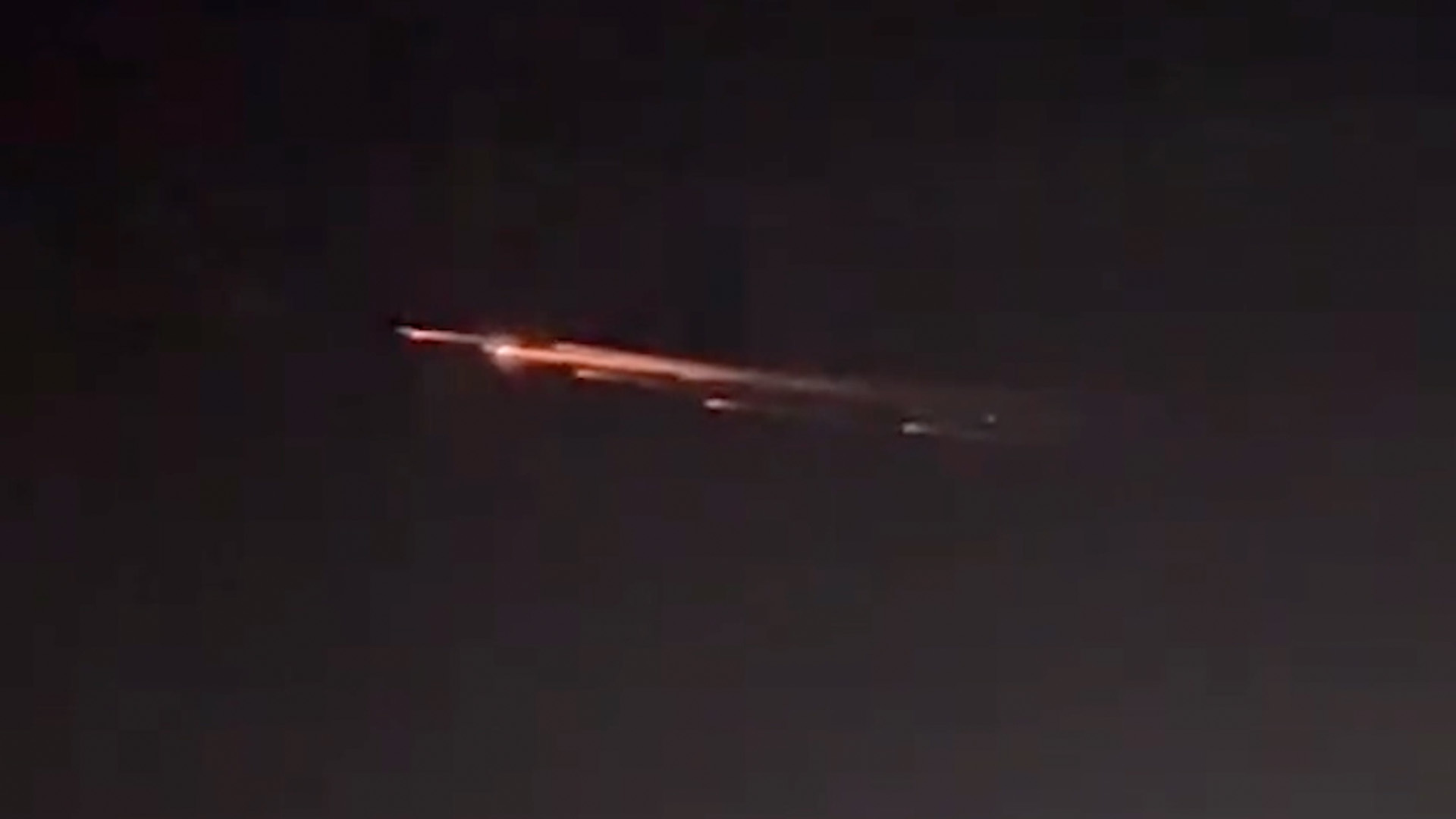
Most dead satellites and other pieces of space junk reentering the atmosphere completely break up and disintegrate before reaching the ground, and are, in fact, designed that way. For those pieces that do sometimes survive, the odds overwhelmingly favor a splashdown in the ocean, which covers about 70% of Earth's surface. But, even with those chances, sometimes pieces manage to crash on solid ground.
A SpaceX rocket stage fell to Earth in February, for example, blazing in streaks of light across European skies. Some pieces from that stage ended up surviving their fiery plunge, and crashed in Poland.
Get the Space.com Newsletter
Breaking space news, the latest updates on rocket launches, skywatching events and more!
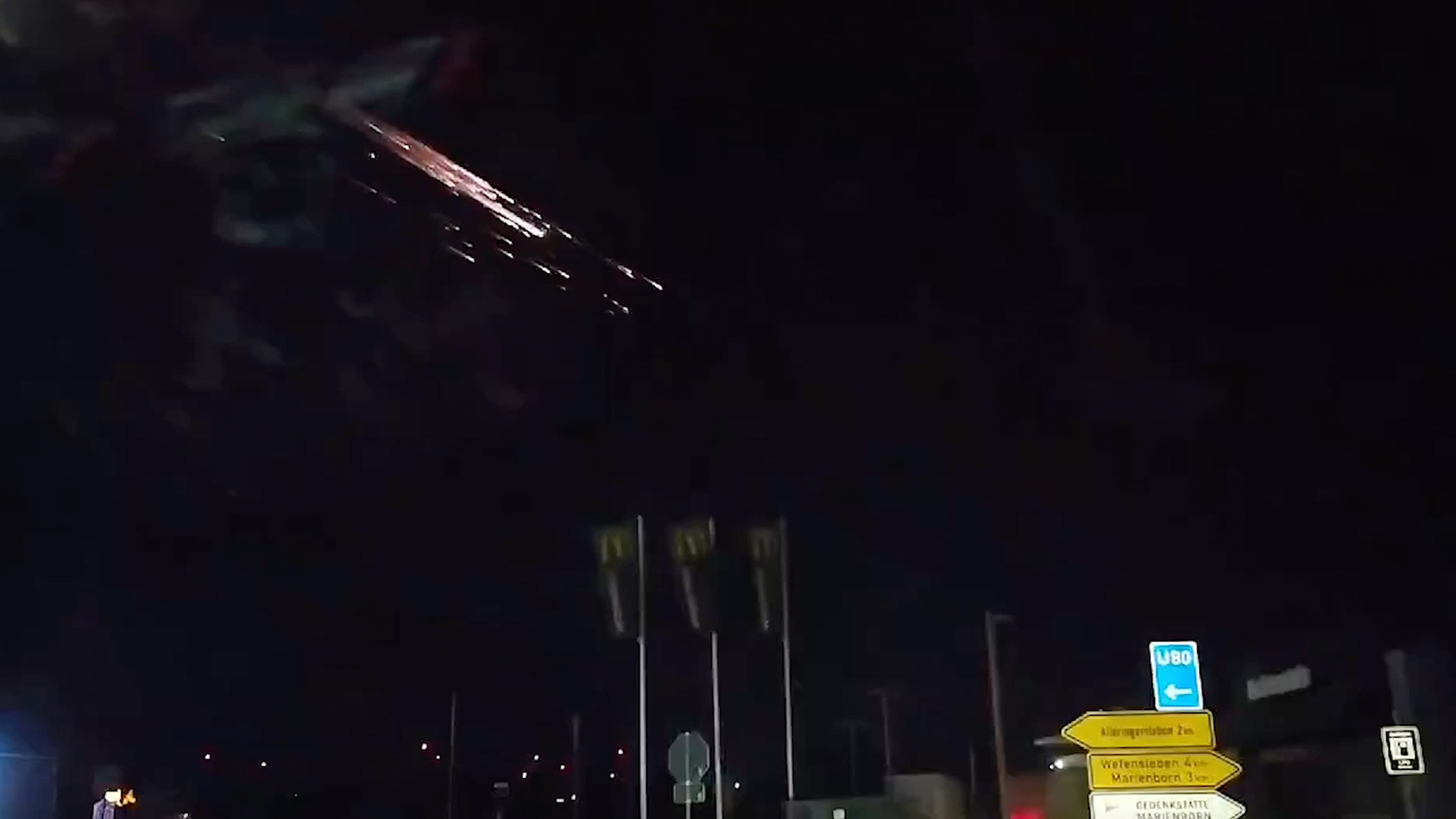
The trunk of a SpaceX Dragon capsule also recently survived atmospheric reentry, and crashed in the mountains of North Carolina.
SpaceX's most recent test flights with the company's Starship rocket also ended in blazes of space debris burning through the sky as they fell back to Earth. During the two most recent Starship launches, the vehicle's upper stage exploded over the Atlantic Ocean, showering chunks of debris across a wide stretch and creating a artificial meteor shower for people across The Bahamas and Florida's Space Coast.
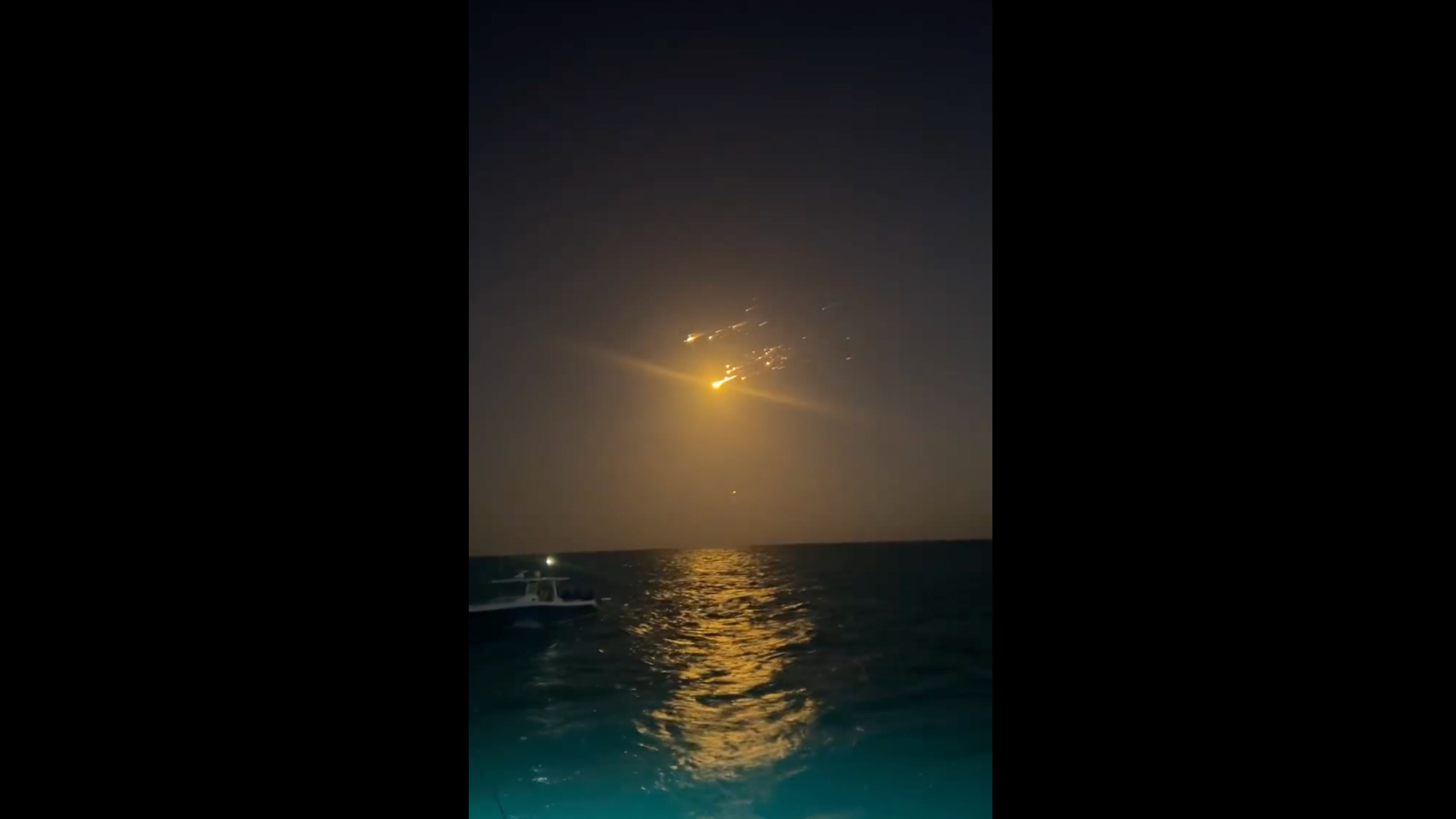
Not all space-things that come back to Earth burn up in the atmosphere, though. Spacecraft like SpaceX's crew and cargo Dragons, which ferry astronauts and supplies to and from the International Space Station, are meant to return safely to Earth, but can cause skywatching spectacles of their own — like this view of SpaceX's Dragon Endurance streaking back to Earth at the end of the Crew-3 mission for NASA.
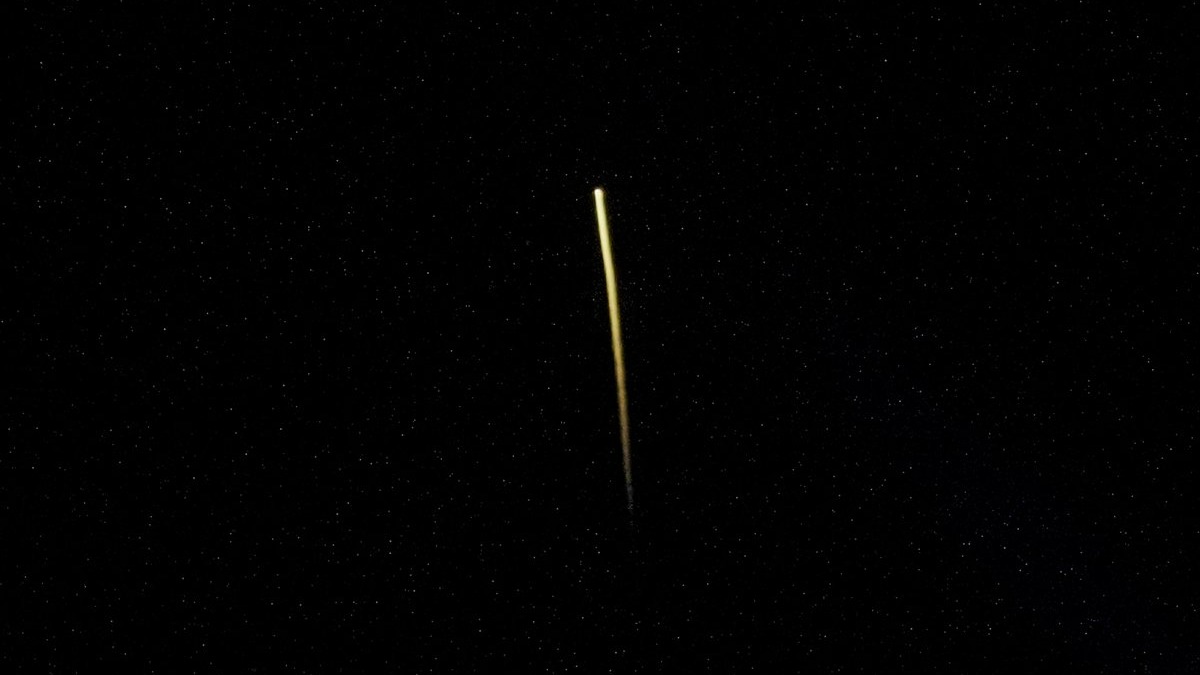
Smaller probes, too, have also been intentionally returned to Earth, and may offer a better idea of what Kosmos 482's homecoming will look like. Kosmos 482 is a Venus lander, so it was built to withstand a high-velocity journey through a thick atmosphere. The spacecraft may very well survive its trip through Earth's air intact and slam firmly down onto the surface (or, more likely, water).
Varda Space recently returned one of its own small capsules from Earth orbit. The California company captured dramatic video from the capsule as it made its fiery way through our atmosphere.
If Kosmos 482 doesn't break apart, its return won't create an artificial meteor shower as some other pieces of falling space junk have done. Rather, the Venus probe will be a single fireball streaking through they sky.
Varda's capsule measured about 3 feet (1 meter) in diameter and weighed about 265 pounds (120 kilograms). Kosmos 482 is thought to be about the same size but weighs around 1,190 pounds (495 kg). If it survives the atmosphere, trajectory modeling suggests that Kosmos 482 will impact Earth's surface at about 150 mph (240 kph).
Join our Space Forums to keep talking space on the latest missions, night sky and more! And if you have a news tip, correction or comment, let us know at: community@space.com.

Josh Dinner is the Staff Writer for Spaceflight at Space.com. He is a writer and photographer with a passion for science and space exploration, and has been working the space beat since 2016. Josh has covered the evolution of NASA's commercial spaceflight partnerships and crewed missions from the Space Coast, as well as NASA science missions and more. He also enjoys building 1:144-scale model rockets and human-flown spacecraft. Find some of Josh's launch photography on Instagram and his website, and follow him on X, where he mostly posts in haiku.
You must confirm your public display name before commenting
Please logout and then login again, you will then be prompted to enter your display name.
